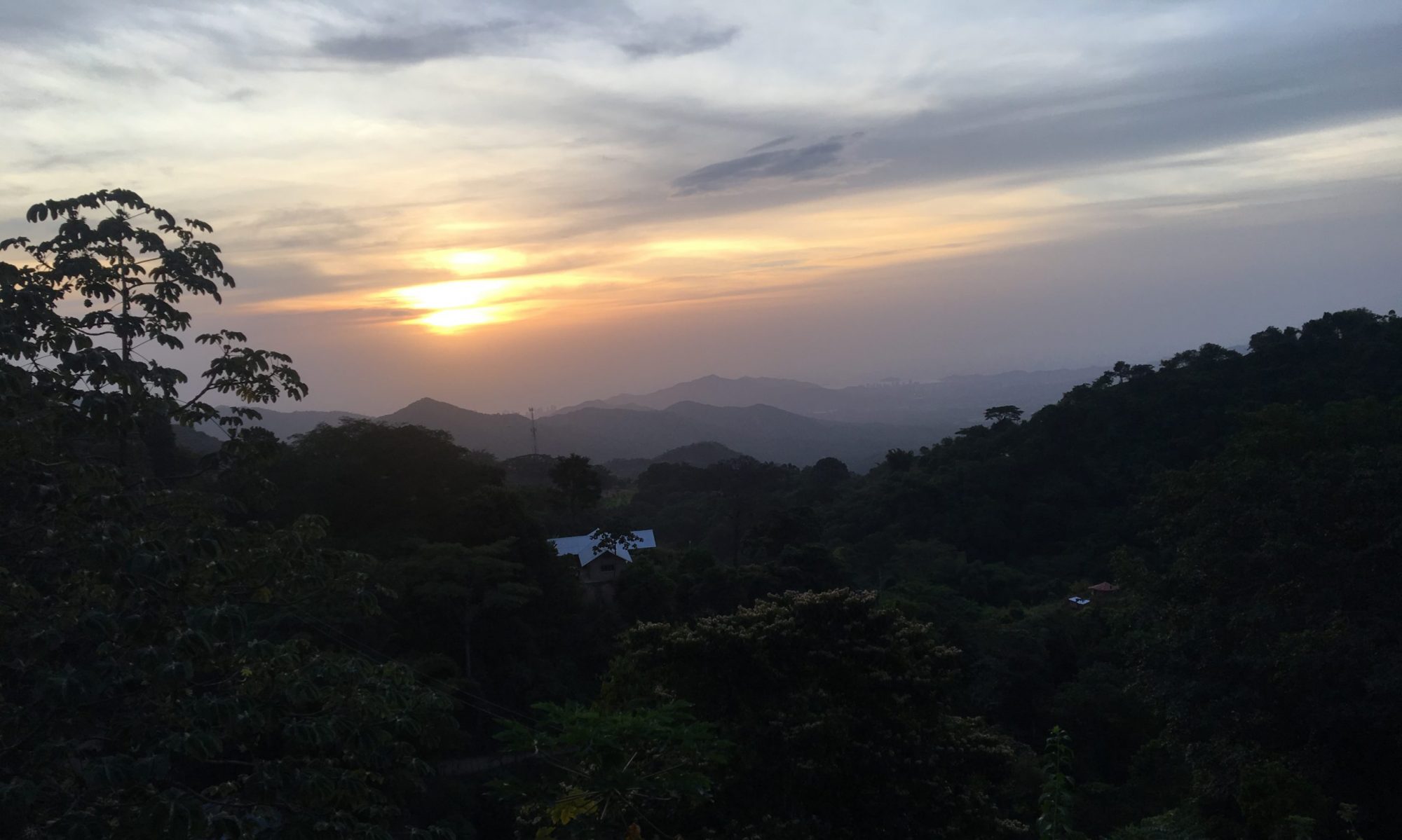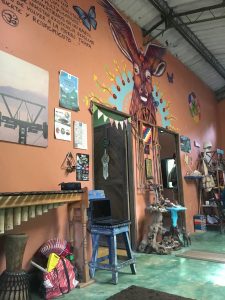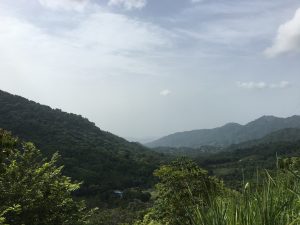Being mestizo is generally something that every mestizo takes pride in. We are the unlikely synthesis of exploration, slavery and resistance. Our nations were forged by our African ancestors, on the land stewarded by our Indigenous ancestors. Our history grants us the privilege of an eclectic culture that embodies the surrealism of the mestizo condition.
Growing up in a Caribbean coastline, my upbringing was very much reflective of this privilege. I attended a German school where on one hand, I grew up celebrating caucasian festivities like Oktoberfest and Martinstag. On the other hand, I was part of an extracurricular club where we performed Afro-Colombian dances, which emerged as a by-product of the slave trade and African labor in the region. On the weekends you may find in every neighborhood a loudspeaker on a front patio, blasting Congolese soukous for the whole block to enjoy, although I personally prefer our Caribbean cumbia for the melodious tune of the Indigenous gaita.
The beauty of these juxtapositions is that they are complementary as much as detectable. You can pinpoint their origins but you can’t divide them at their point of intersection. They constitute the genetic code that inextricably binds us to the land and our histories. A downside to this is how often we forget the conditions in which cultural mestizaje sprouted. Listening to the history of the Garinagu and finding unexpected parallels with my own culture reminded me how in Latin America we’re all cut from the same cloth of colonial dispossession and oppression. Thus, any celebration of mestizaje must also render as a celebration of Indigenous and Afro-Latinx resistence.


